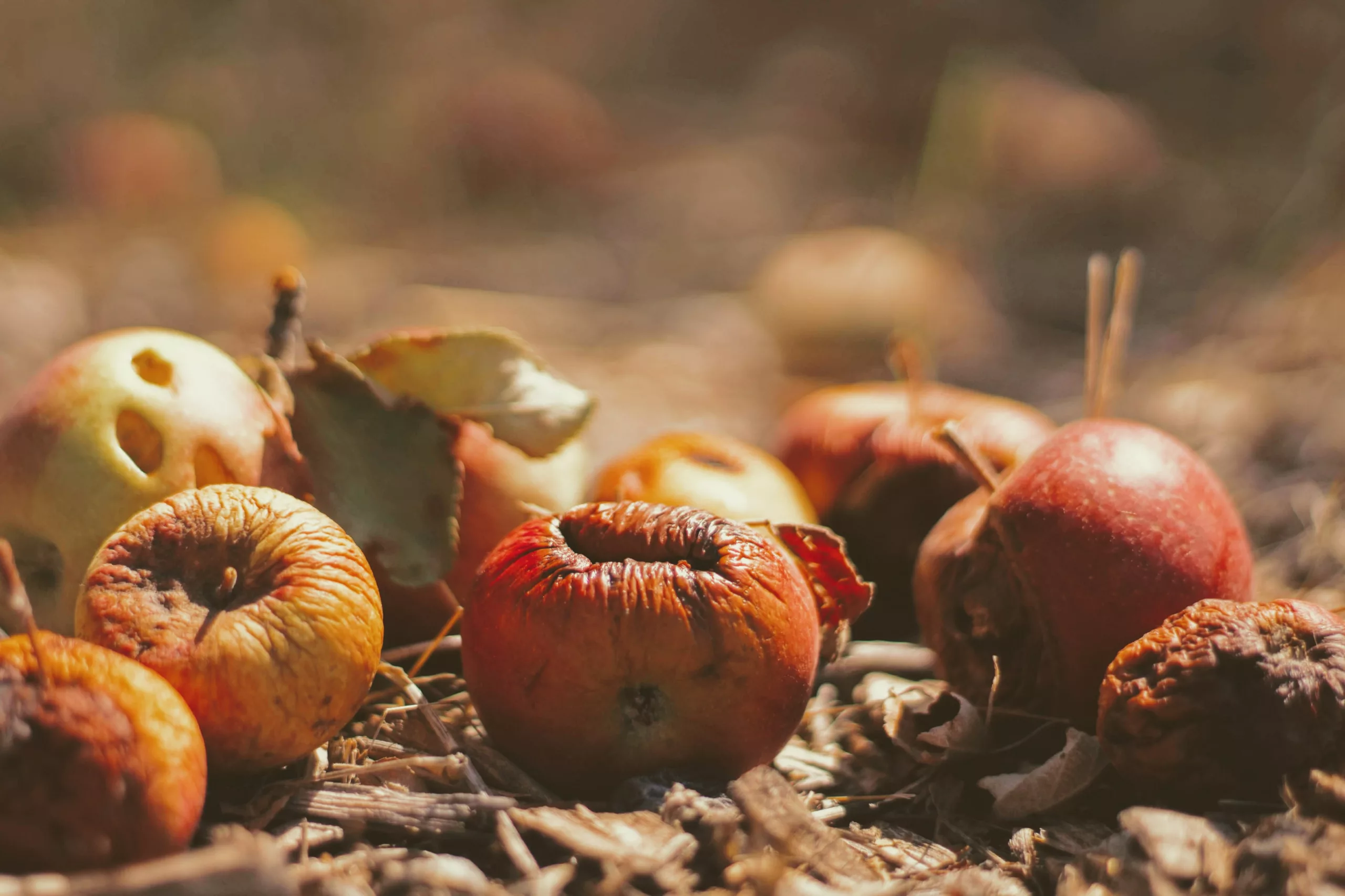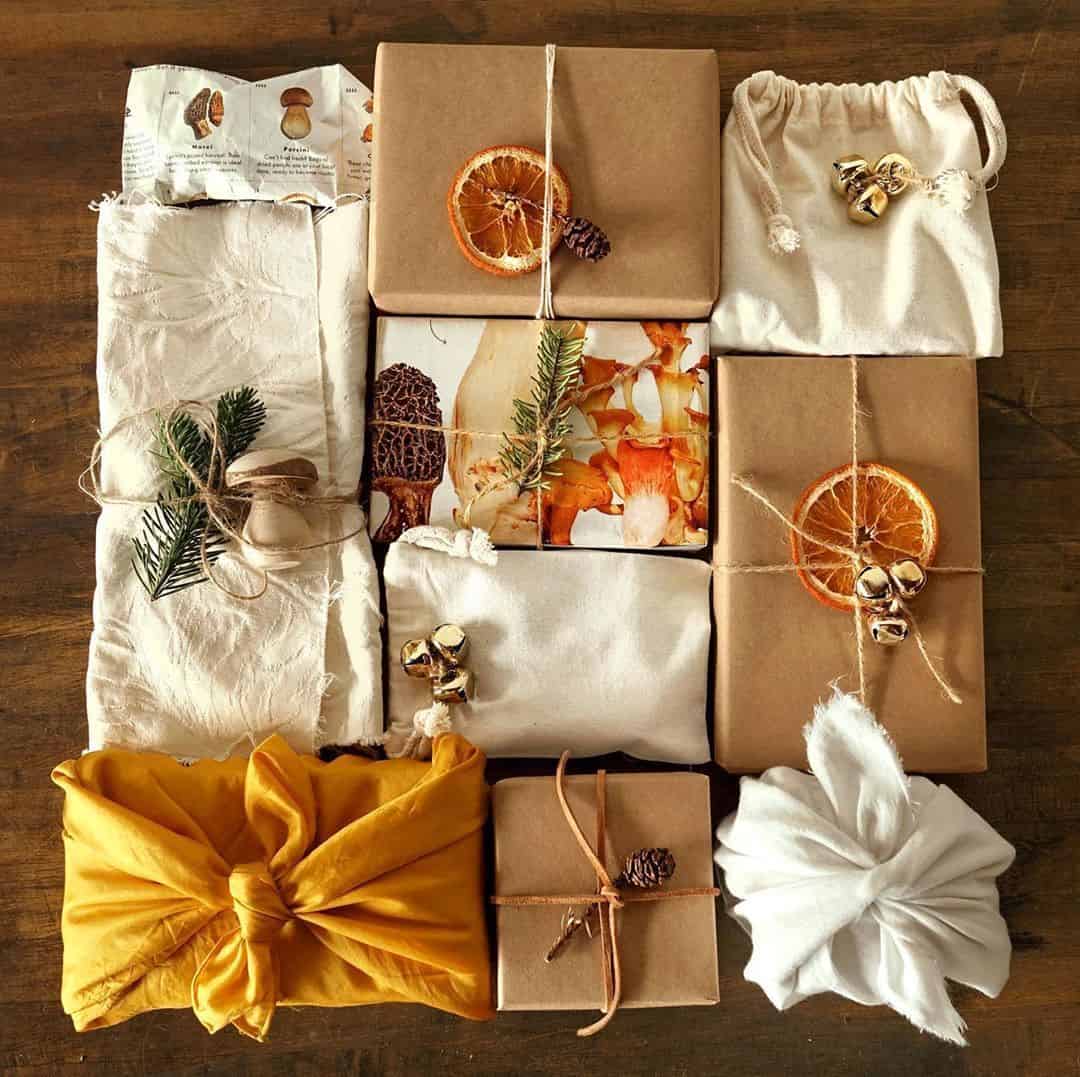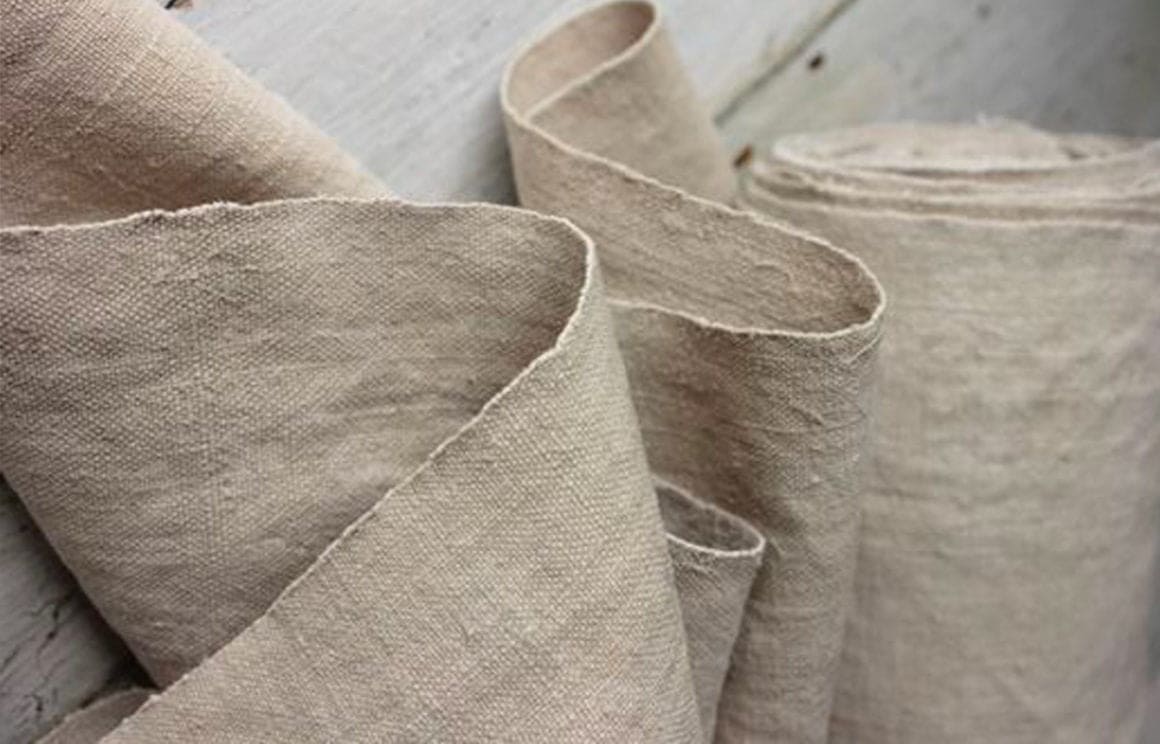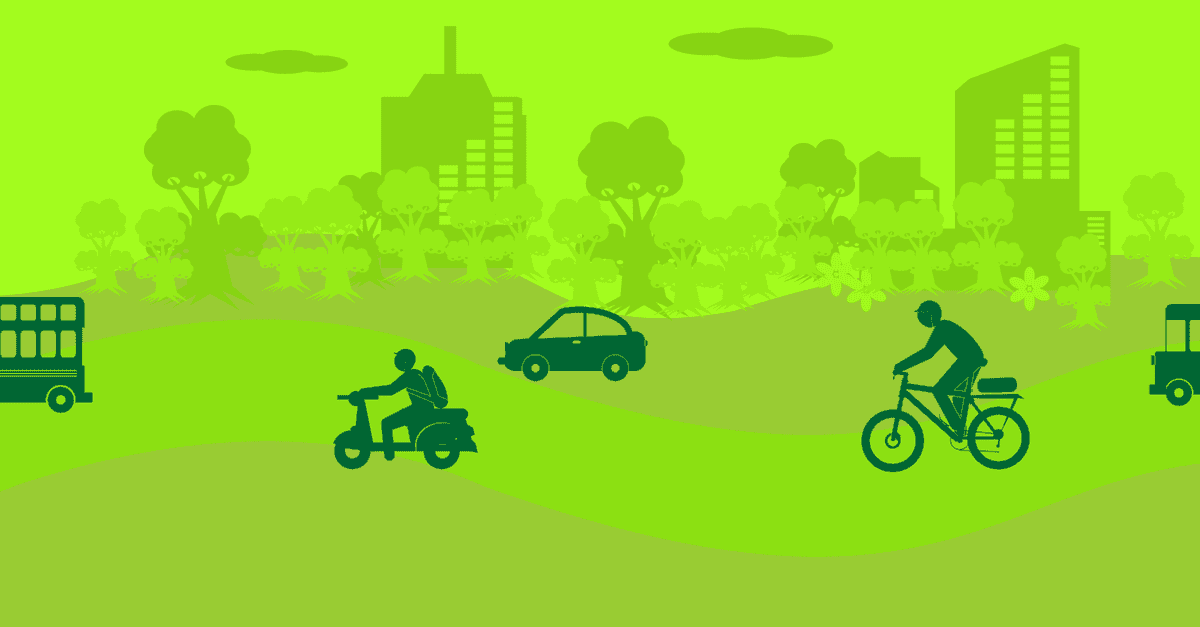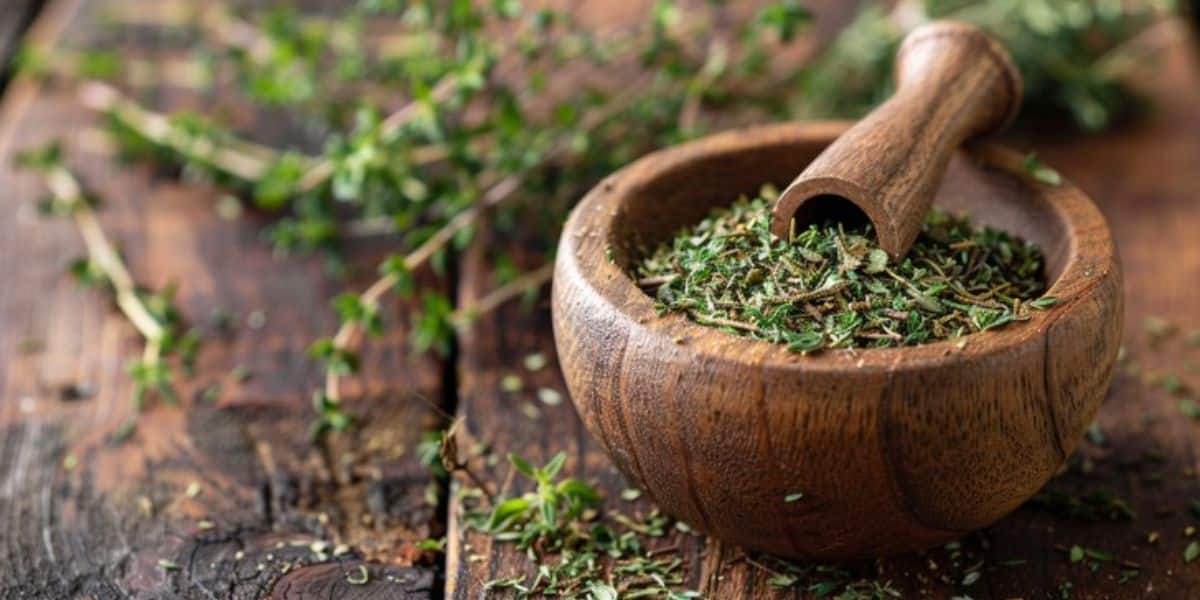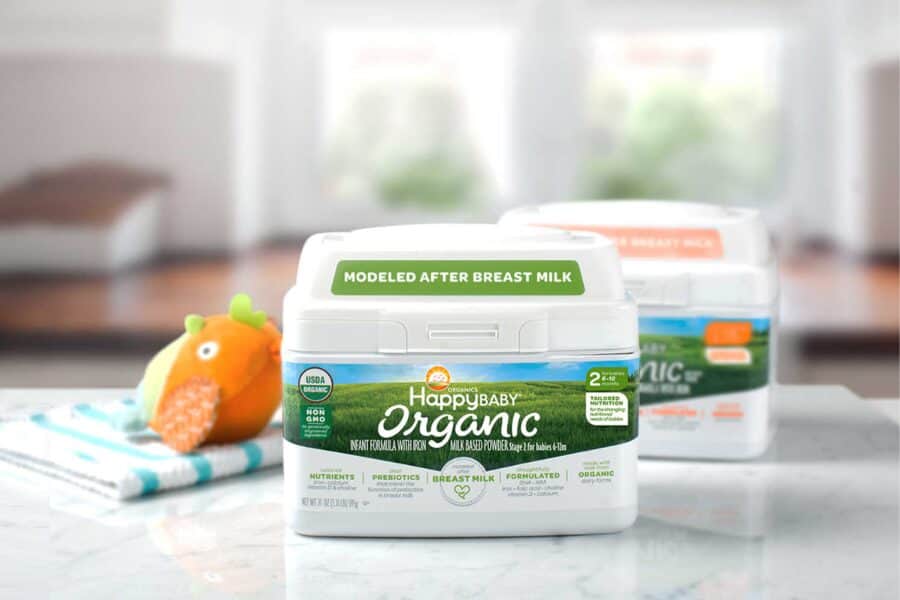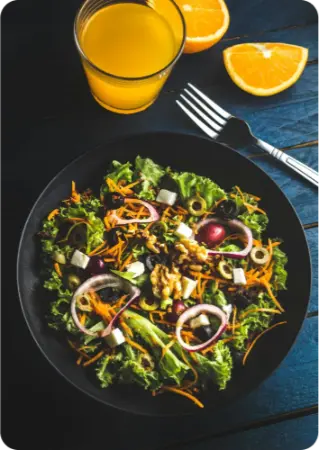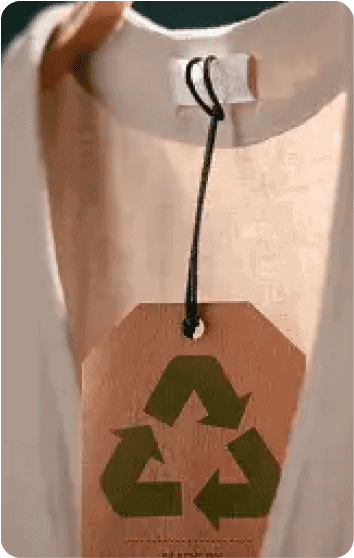Good food always finds a lot of takers, but no one seems to be fond of the waste that is left behind. Food scraps, peels and seeds often find their way to the dustbin, besides expired food stuffs that have been lying in the refrigerator since what has been eons of time.
The bottom line is that we waste more food than we know and rather unconsciously.
Although we have come a long way and have been groomed since our childhood to finish everything that’s on our plate, we do not consider how much we have already lost even before we cook foodstuffs. We also tend to stick to the maxim of ’live life king size’, and that manifests in extra large meal portions we cannot finish, excess shopping for food we don’t really not and discarding what could be used because we have been taught that it is just waste.
Enter zero waste cooking where we adapt the reduce, reuse and recycle principles and apply it to what goes on in the kitchen. It is a brilliant move towards a life of simplicity and sustainability, according to author and environmental activist Bea Johnson.

Even though many people give their most disgusting stink face to the prospect, low waste cooking is an excellent way to save on expenses, help in reducing food waste and is a huge step towards embracing the zero-waste sustainable life. And no, it isn’t just limited to college and university students or cash-starved people who are trying to save a penny here and there.
It is helpful to know about this innovative concept that derives the most out of the food that is available. Effective by nutritional, budgetary and ethical standards, it’s high time that we embrace zero waste kitchen practices to lead a sustainable life in its true essence.
Read all about zero waste cooking and scroll down for some excellent tips to make the best out of waste, literally!
What is Zero Waste Cooking?
It’s easy to guess what going zero waste means when you are cooking. When we refer to zero waste cooking, we mean that you should take the famed ’nose to tail’ approach. In other words, it means using every part of a given food product- the scraps, stems, old beans, veggies and fruits that have gone slightly soft.
There is space for even rotten goods to be repurposed as we discuss how to adopt a low waste approach to cooking. The most interesting aspect of going the zero waste route is devising interesting methods to use the discarded parts to make another meal or use the waste in another avenue- say, making the most luscious-looking kitchen garden.

But is creativity all to it? Maybe we should not reduce it to an innovative spirit. Although it is admirable, but zero waste cooking contributes to solving a larger problem- that of global food waste. Moreover, the concept isn’t a short culinary fairytale that begins and ends in your kitchen- it is something that can branch out endlessly, benefitting you, the planet and its more unfortunate inhabitants who suffer from malnutrition and the lack of food.
But Is it Really Zero-Waste?
Maybe, zero-waste is a superlative- we tend to and love to think in extremes. In order to properly investigate the topic, we need to ask if there is any truth to the term, and if it is, how can it be realized.
To go zero-waste means that you are using all that is there and not leaving behind anything. That is the whole summary about why we have carried over this buzzword into our kitchen. Often, zero-waste is substituted by low-waste, which is no doubt, quite a realistic approach to how we repurpose some foodstuffs.
For the most part, zero-waste cooking can be applied to raw fruits and vegetables because they can be used thoroughly. The seeds can either be eaten or used to grow your own plants and their peels can be composted, when you are done cooking up a storm in the kitchen. But what about the foodstuffs that cannot be composted- for instance, dairy and meat?
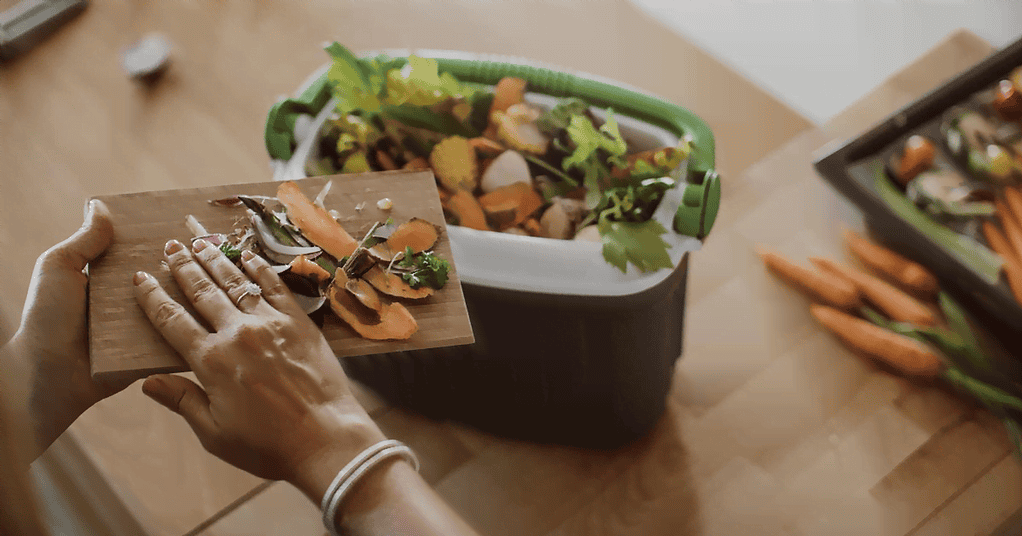
In all its reality, it might not be possible to consume every part of what we eat. Blame our food supply or the mammoth presence of processed foods today, or simply our choices- it is hard to use every part. But who says we cannot manage the waste we generate?
In this respect, zero waste cooking goes beyond just the food. It boils down to other aspects related to it- the process, packaging, how we buy things and the conscience that goes into it. We need to be clear about something, going zero-waste might sound quite ambitious, but it isn’t impossible.
The skepticism is legit for a lot of reasons, especially when food and beverage verticals seem to be having a gala time using such terms for marketing purposes. Contrary to that, low-waste or zero-waste cooking is about deriving the most from the process, not the product. There are many other reasons why the world is trying to transition to a healthier way of cooking and preparing meals. Let’s have a look at some of these reasons before jumping into the heart of these special techniques.
Why Embrace Low Waste Cooking? : Benefits and Impact of Reducing Food Waste
Embracing low-waste cooking might be truly life-changing for us. And no, it does not always have to be a throwback to the times when you had to survive on a shoestring budget as a college freshman. Even if you dropped out, took off to a successful career or are at peace with living life the way you want to, such tactics in the kitchen can bring you more benefits apart from an easy budget.
Lessening the Food Waste Pile, One Step at a Time
Global food waste and hunger are some of the foremost challenges we are dealing with. According to the Food and Agriculture Organization of the United States, global food wastage has reached an estimated 1.6 billion tonnes per year and the ruin amounts to a staggering $750 billion.
With several people going on an empty stomach for days, food waste is something we should be ashamed of. Foodstuffs are merely the end product that is wasted immensely, however, there is a large amount of resources that are also wasted in producing edibles.

Zero-waste cooking helps us to preserve what can be easily ditched as waste, and thus, it lessens the food waste pile- one step at a time. When we use everything available to us, not only do we reduce food waste, we also put a stop to any more resources that can be used to produce more food.
Reduce, Reuse and Recycle for the Win
The essence of reducing food waste lies in the sustainability credo of reuse, reduce and recycle. The reduce part is pretty much apparent as zero waste cooking aims to solve the problem of wastage. Reusing can be applied to repurposing the existing edible product into new dishes- for instance, grinding lentils and soft beans into plant butters. Recycling can apply to composting food waste and turning it into organic manure, or repurposing food to derive anything else- fuel or manure, mostly.
Lesser Carbon Emissions
Cutting down on food waste can help you reduce emissions too. Mattias Eriksson, a researcher at the Swedish University of Agricultural Sciences in Uppsala laments that people are often not aware of the climate implications of their food habits. By rethinking how we source, cook and shop for food, it is possible to reduce the impact, at least by a little amount. If we stop wasting food altogether, we can alone contribute to an 8% decrease in emissions.
Therefore, going the zero waste route can actually be beneficial in respects other than solving the problem of global hunger. It can have a positive implication on the environment as curbing the demand for food would simply have the obvious effect of reducing the supply and the stress on fields, factories and virginal resources. Moreover, as less food rots away in waste piles, the result will be less CO2 and GHG emissions for the environment. Who thought this can be possible? At least we did, and it’s about time, you begin abiding by it too.
10 Tips for the Sustainable Chef to Promote Zero Waste Cooking
Although it sounds intimidating, zero waste cooking is quite simple and is a no BS way to cutting the crap, quite literally. Many of the following secrets are already ensconced into several cooking traditions, especially from the Global South, such as India. Several cuisines trace their origins to zero waste cooking techniques, as surprising it may seem to you. To some, these tips might just be common sense, but the truth stands that they are yet to be the part of the common psyche.
Follow the given steps to minimize the waste in your kitchen cabinet and use it to nourish your lifestyle, all-round.
Use Vegetable Peels to Make the Golden Broth
Heavenly, golden goodness, which can be more precious than the yellow metal itself, it is possible to use some not so delicious vegetable scraps to make a yummy, nutritious veggie broth. Throw in all the vegetable scraps from your stir fry or pot pie- potato peels, carrot scrapes, beets, tomato peels, you name it- the more, the better. Boil it together in a huge pot of water and season it if you wish. You will have a lip-smacking, multi-purpose broth for all occasions, even a standalone meal, all thanks to the waste you didn’t throw right away!
Grind Softening Beans into a Paste
Sometimes we let go of beans that have gone slightly soft, under the impression that they are ruined. But most of the time, these beans are not moldy or ruined, they underwent a little accident. And in the vein of happy, artsy grandpa Bob Ross, we will turn them into a happy accident. You can grind these beans into a paste- coarse, or fine and turn them into condiments similar to homemade hummus. This way, you can prolong the shelf life of these little beans.
Preserve Those Fruits and Veggies
Several cultures swear by the power of preserved goods. We still haven’t gotten over the wonderful story of a suburb dad bulk buying tomatoes and making several jars of homemade tomato sauce that would last the family more than a season. Taking a cue from him, you can pull off a similar feat- you can turn greens, gherkins, lemons etc. into pickles. You can also do it with meats and fish- preserving tuna is a popular method, it also doubles up as a delicious sandwich filling. You can preserve fruits too! Save a bunch by making your own candied pineapples or berry preserve to relish those baguettes with!
Use the Stems
We often discard the stems and do not feature them in our cooking. Well, you can consider pureeing them- especially broccoli and parsley stems. This paste can come in handy in being an awesome flavoring agent in soups, stews and gravies. These can also be used as readymade spreads and baby food!
Make Pesto Out of Waste Greens
You might have considered tossing beetroot, carrot or radish tops with the greens into the dustbin, or the compost. What if we tell you that these can be repurposed into a pesto? We hear you grumbling- veggie tops taste bitter- and that’s why they are trash! But hey, you can boil and season them before pureeing them and they will be alright. Imagine how delicious will they taste in a pesto sauce you can coat your favorite gluten-free pasta with!
Grind That Rind
Ever thought how can you make an awesome lemon tart without adding artificial flavorings? That’s right, lemon rinds! But you’d say that lemons aren’t always in season for you to scrape some fresh tasting rind in the cake batter. You can use the power of preservation again, and grind that rind! Yeah, we’re not kidding. You can dry out citrus and lemon peels in the sun and when they are nice and hard, you can grind them into a powder. There you have some precious rinds to put in your desserts and put a touch of that zest everywhere!
Roast Those Seeds!
Roasting is something most of our grandmas are quite adept at. But let’s not reserve the appeal to a certain age. In fact, you can roast pumpkin seeds, or seeds from any squash into some tangy and crunchy snacks. Dry those seeds out, roast them till they get slightly toasty and you can top it off with a spicy seasoning to store them later for late night munchies. And they are these filling pockets of energy that will keep you up and active for long!
Make Crispy Skins!
We know crispy potato skins was something we heard from the series Never Have I Ever, when drama-geek Elinor’s boyfriend Oliver tries to bring them as a party snacks. And everyone cringed, just because skins seemingly have no personality. Seriously, what did those high schoolers even know about life? Veggie skins can have personality too. Guess what, you can toast both fruit and veggie skins into chips. We won’t say that for banana peels though. Pop those skin bits- carrot, potato, beets, apple- whatever, into an air fryer and toast them till they are crunchy. Top it off with spices, cinnamon or powdered sugar or have them with the bean hummus we just told you about.
Preserve Those Herbs in Oil and Butter!
Are you bored with bland dairy or table spreads? Here’s what you should do instead. You can throw in some cilantro stems into a pot of melted butter, along with some garlic and then pop it into the fridge to store. And well, look at that beauty- you will have some good, flavored butter to make toast with! You can do the same with oil, well, people do it with clarified butter sometimes and it can be a winner!
Repurpose Leftovers
Learn to make something new from the old- and don’t just throw it into the microwave, get creative! Store your meals if you made excess and try to use the leftovers in a funky way. You can actually use those collard greens into a risotto, or make rice cutlets with the pilaf you made. You can go as far as making bread with cold porridge! (look this up here, and you will thank us). Zero waste cooking is also about versatility besides smart and efficient management. Imagine how much can you prevent from going into the dustbin and diverting its way to a thankful tummy instead.
Zero Waste Kitchen Beyond the Food
Now that we are done with the culinary shenanigans, it’s time to think about how to take the zero-waste philosophy beyond the kitchen. One method can be to pick mindfully and only that what we need. Most of food waste is generated because we buy too much and most of that is processed foods that can turn out to be rancid after a short while. Zero waste also means that we can cook at home, with fresh, local ingredients that are imperfectly perfect.
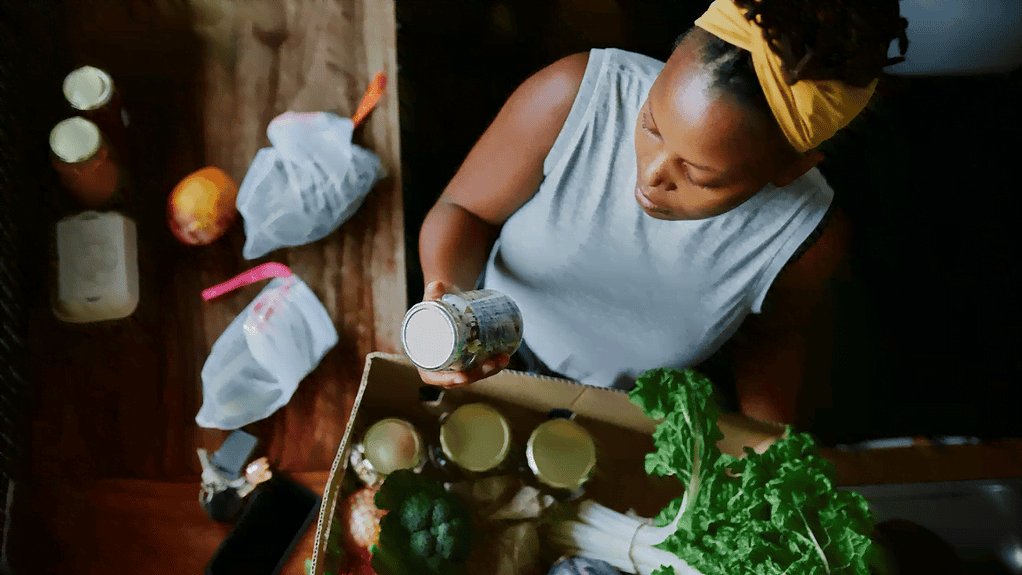
You can even further zero waste approaches beyond the kitchens. Put those banana and onion peels in a jar of water and then water your plants with the natural phosphorous and Sulphur liquid fertilizer to see them thrive! You can grind your eggshells and make a dose of calcium for your plant babies. In fact, if every approach to culinary preservation fail- put the waste in your compost pile to get homemade, organic goodness. But don’t do it with meats and fish, and cooked foodstuffs- they cannot be composted.

Besides composting and repurposing, if you still have a good amount of edibles on your hands that haven’t rotten, celebrate ’give back days’, where you can drop that food off to community kitchens, distribute it among homeless people or contact any service that can collect the food from you and drop it off to where it is needed. Charity isn’t too bad, and the food should end up in someone’s tummy rather than a landfill. However, make sure, you are not handing down spoiled stuff only to get rid of it.

How to reduce food waste should also extend to aspects like packaging that comes along. A lot of waste is generated with the copious amount of plastic containers and packets food comes in. Countries have recycling systems in place, but at the moment only a few of them really do. In this case, the best bet is to carry your own cloth bags while shopping for goods, or at least prefer the ones that come with eco-friendly packaging or reusable containers.
Conclusion
These tips and tricks should not leave you at a loss at all. In fact, zero waste cooking with its nose-to-tail concept should be embraced widely, due to its simplicity, sustainability and ethics. It can also get your creative juices flowing and is easy on the budget. However, the success of this concept is dependent on how we choose to adapt it. Still going on to buy a lot while doing a bit of leftover heating is not going zero waste.
You might be able to understand the magic this concept beholds when you discover that a wide cultural canvas is associated with it and is rich in earthly, sustainability traditions. Besides lessening the load of emissions, zero waste kitchens can actually make things around us greener- and that goes for the planet, our gardens and our pocket.
Transitioning to this way is one of the best things you can do to your life. With the new year approaching fast, you can make zero waste cooking your new year resolution to adhere to besides Veganuary and Februdairy. Your life will become better for the most part, and your plate more nutritive and cleaner than before!

